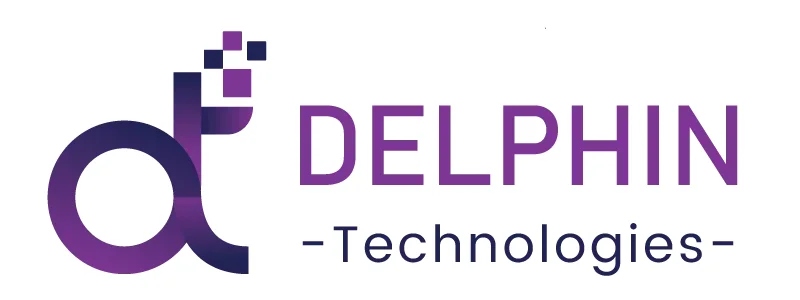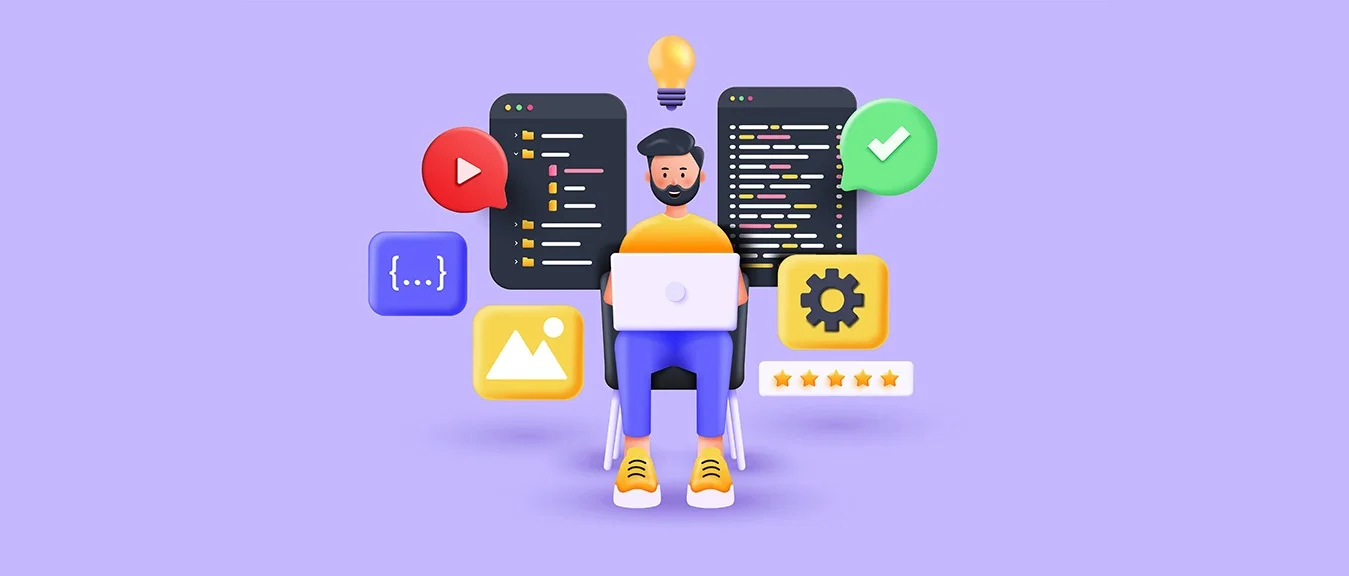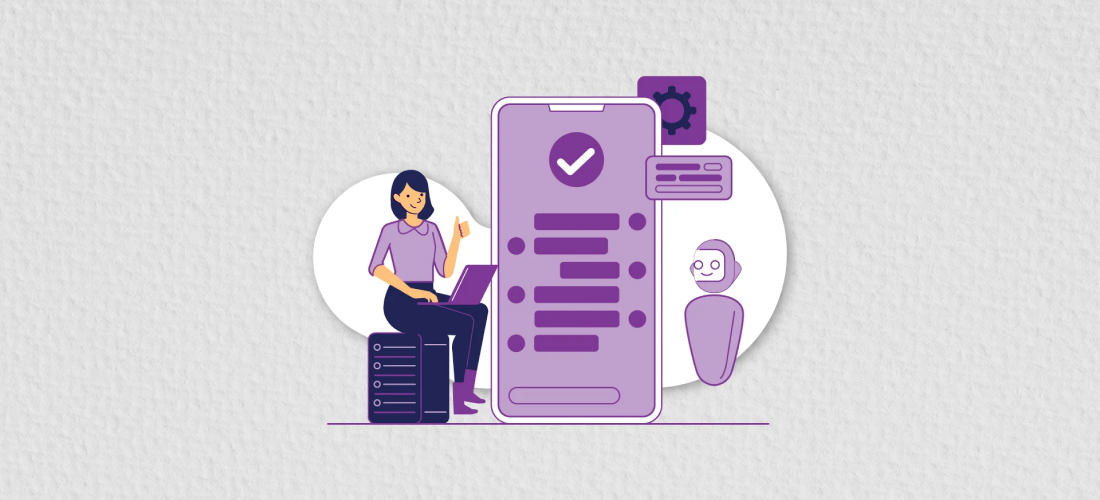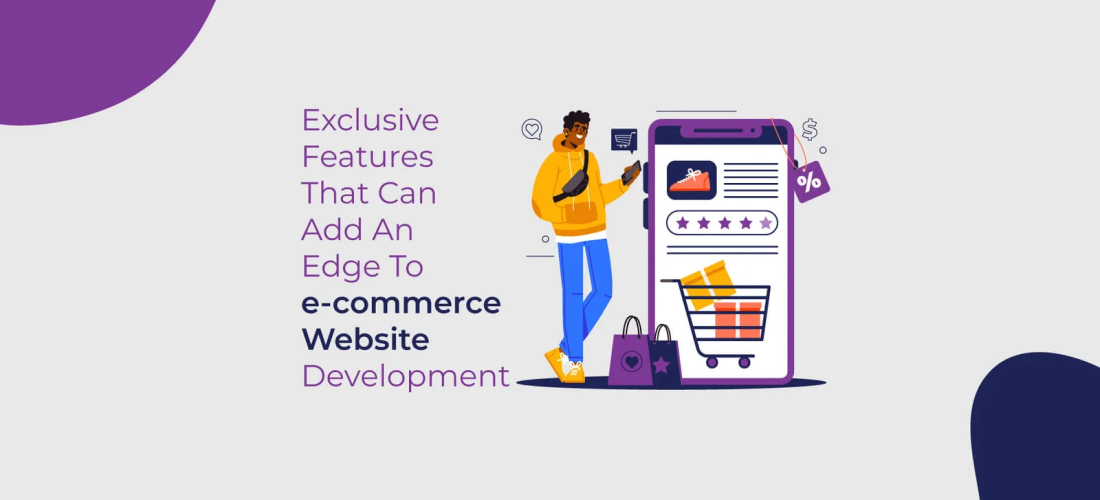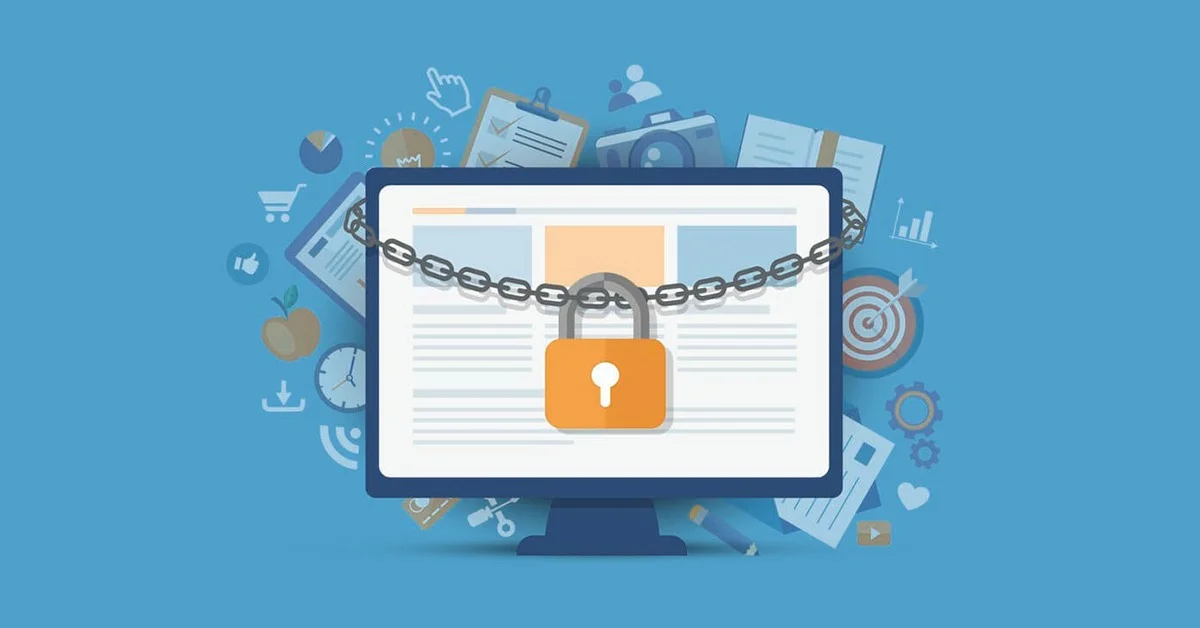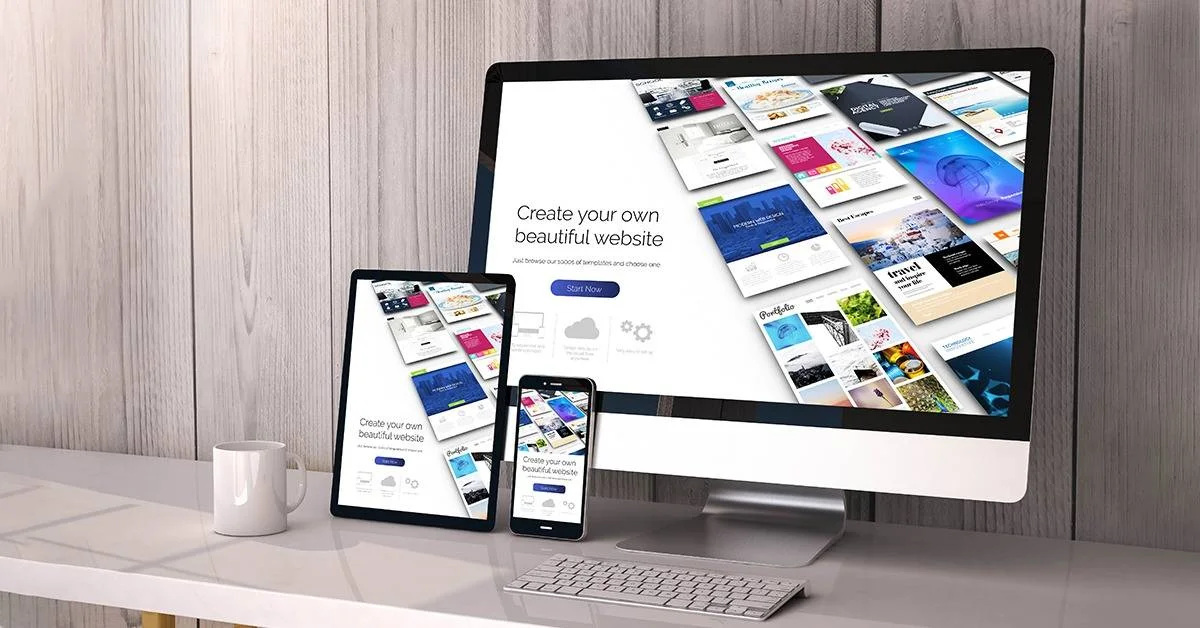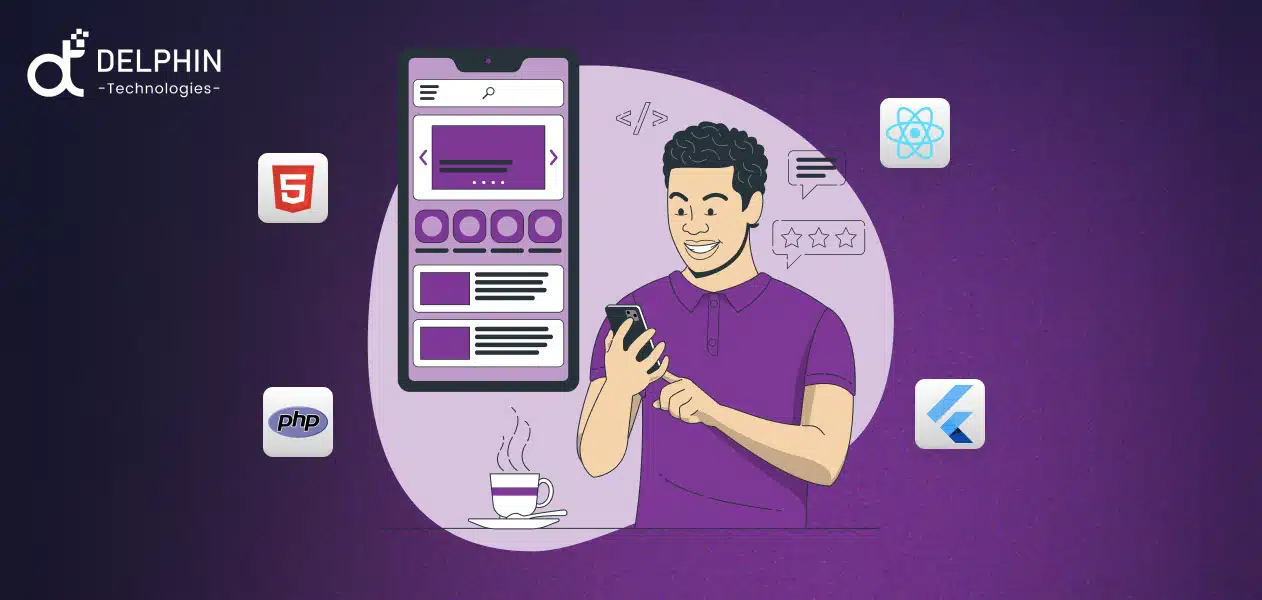
Solving Problems, One App at a Time: How We Address Client Challenges Through Mobile App Development
With the help of apps, businesses can enjoy unique interactions with their target audiences. These applications are created by companies to enhance their customer loyalty and increase sales at the same time. This begs the question: what are the advantages of mobile app solutions for enterprises in today’s day and age?
Companies use mobile apps to monitor as well as manage the different processes in their day-to-day operations. They also use them to plan key activities and coordinate strategies for said processes. These technologies help with reduced costs, an efficient workflow and increased profits.
In this blog, we delve deeper into some of the advantages that mobile apps can have for businesses to help them with client challenges resolution.
- 1. Data Collection:The best thing about mobile apps is that they contain unlimited data and allow businesses to gather vital information regarding user profiles and user behaviour. Hence, companies extensively use these apps to obtain essential data so that they can process it to efficiently run their processes. All companies are different but some important key indicators are sex, profession, number of installations, age, opening the application, location, marital status, number of orders produced, lifecycle and usage time. By measuring and analysing the produced information, companies generate strategies that help in increasing the time users spend on an app. It also helps enhance the purchase recommendations, adapt the products and/or services according to user requirements and eventually increase sales.
- 2. Personalised Experiences: One of the biggest things when it comes to achieving a high user conversion percentage is how applications are designed and developed. Even though mobile applications can have one or more objectives, one of the most important elements is ensuring that their interface is easy-to-navigate and attractive at the same time. These two elements help elevate user experience, regardless of whether the app has been designed for the general public or internal use. That said, this alone does not do the job and these days, companies are increasingly focusing on making the entire experience personalised for their users. With the collection and periodic analysis of data, companies can gather invaluable insight into the best day and time to send alerts to particular customers in addition to their favourite products and the kind of notifications that make them open the app. Additionally, technologies like machine learning allow businesses to predict user behaviour and automatically analyse it according to pre-established variables. This is why it is essential to invest in machine learning, big data and mobile development solutions to achieve greater efficiency and make businesses stand out in the ever-competitive marketplace.
- 3. Direct Engagement with Push and In-app Notifications: With the help of mobile applications, businesses can send alerts to customers both outside and inside the applications. The two main kinds of notifications are as follows:
Push Notifications
The notifications that appear on a phone’s lock screen are called push notifications. That said, users always have the choice to deactivate them in their settings or when they install an app. Push notifications are used across social media. Their main goal is user reactivation to ensure that the application is reopened, sometimes, with a particular message or objective in mind. Many big multinational companies even study the content of these alerts, although they can vary from user to user. This provides them with a direct and tailored communication channel that cannot be achieved without custom app development.
In-app Notifications
The notifications that appear in full screen when an app is opened are called in-app communications. These alerts are aimed at encouraging users to interact and engage with the content. Many apps even have an inbox or a message box where users can receive all the information about promotions, discounts and even their purchases.
- 4. Quality Retargeting: As mentioned above, with the help of notifications, users can be re-impacted. In addition, the information obtained from these alerts can also influence them in other media like Google Ads, helping in the expansion of campaign reach. These actions are a great idea as they allow businesses to know the types of format and advertising that work well with their audiences to achieve the best results possible.
- 5. Churn Reduction and User Reactivation: As commented above, one of the best ways to foster a relationship with customers is through user reactivation. This makes it necessary to get your target audience interested in your app’s products and/or services. Avoid sending your customers notifications if you do not have a specific goal in mind because it might just end up reminding them that they have an app in their phone that they don’t really use. Instead, impact them with useful content through which they might have engaged positively in the past usage of the app.
- 6. Better Positioning: Last but not least, if your app is installed in a user’s phone, then you have already won half the battle. Although most users have tens of apps in their phones, remember that many do not offer the same content or services. Hence, they are not a competition. So, you should try to create the perfect environment through your mobile app to build customer loyalty and increase sales.
Conclusion
At Delphin Technologies, we offer mobile development solutions that allow companies to manage their businesses as a part of a single integrated solution in the form of problem-solving apps. If you have been facing a lot of challenges in your business and are looking for a holistic solution to not just resolve these problems but also grow your business exponentially in the long run, get in touch with us for a consultation on how we can help you achieve your business objectives.


Grovy Optiva, A-5, Block-A Sector-68,
Noida-201301 Uttar Pradesh, India

712 H St NESte 1735, City: Washington, State: DC, ZIP Code: 20002

Compass Building, Al Shohada Road, Al Hamra Industrial Zone Ras Al Khaimah, United Arab Emirates

Unit 1603, 16th Floor, The L. Plaza, 367 - 375 Queen’s Road Central, Sheung Wan, Hong Kong

